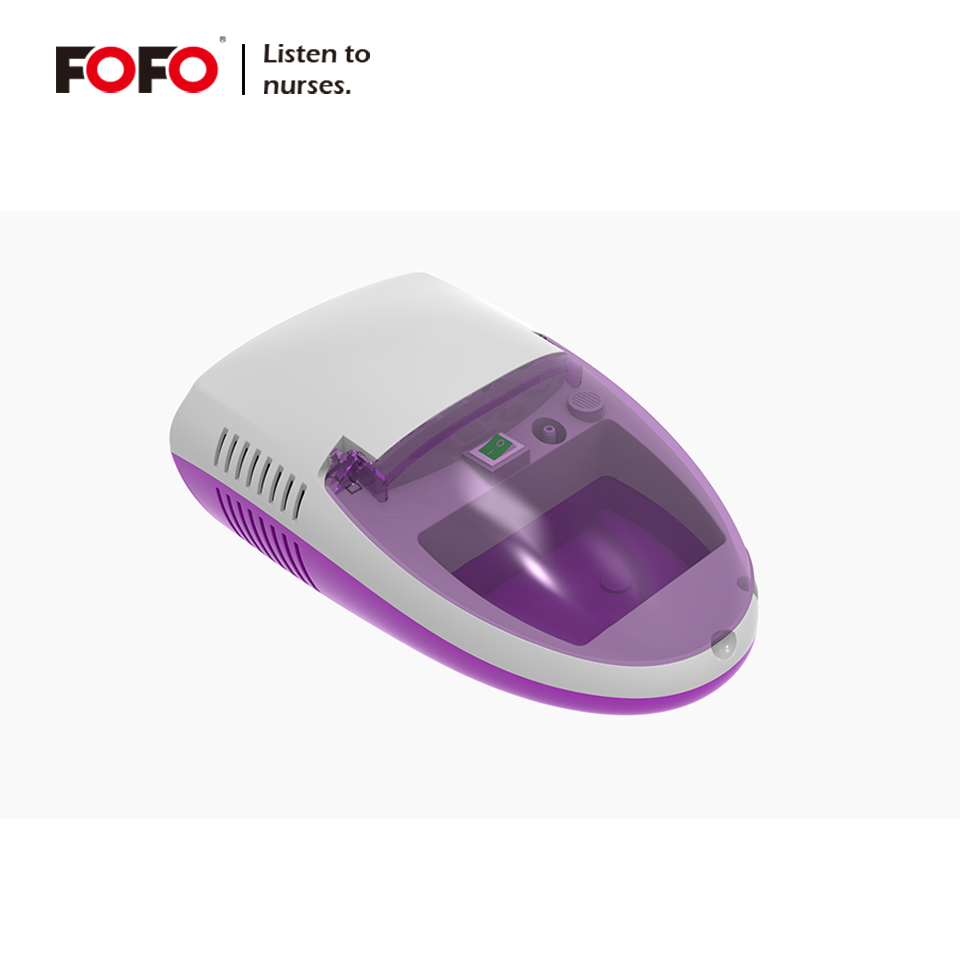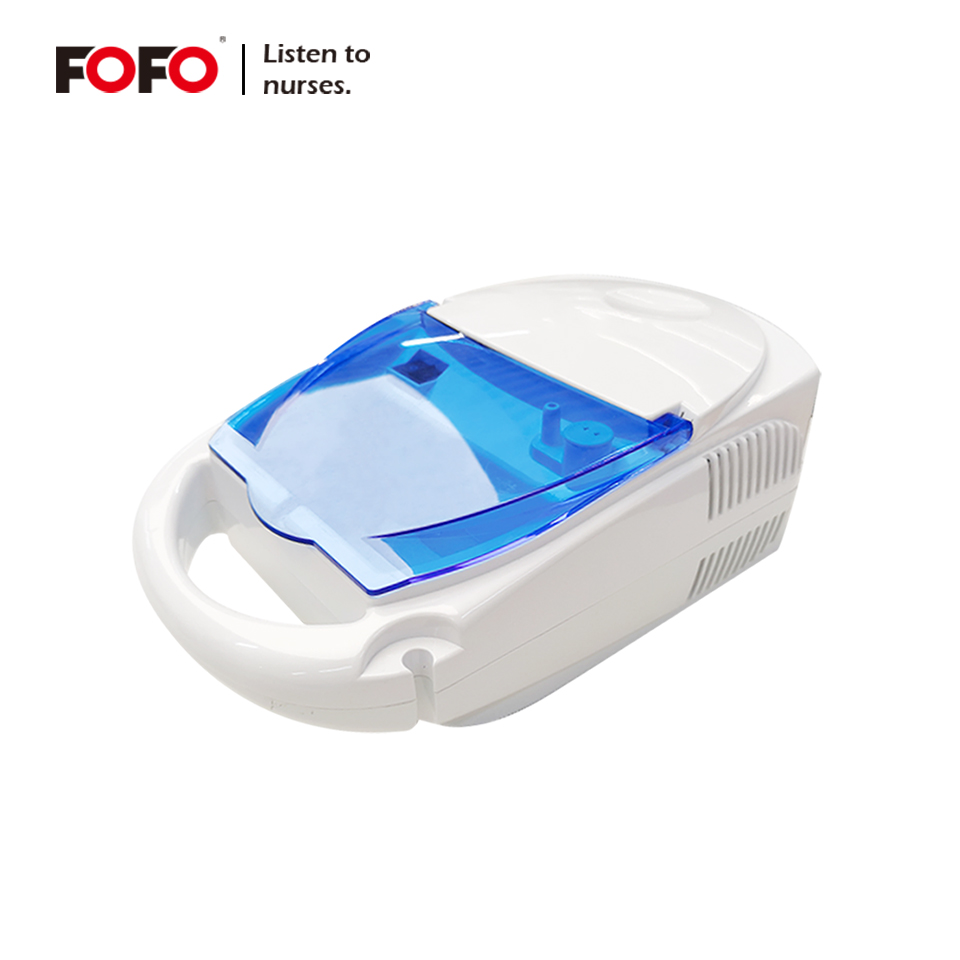
Air Cushions and Pads vs Water Mattress: Choosing the Right Support System for Immobile Patients
Compare air cushions and pads vs water mattress in clinical care. Learn how each solution supports pressure sore prevention, enhances comfort for bedridden patients, and fits different healthcare environments. Expert insights and FAQs included.
Contents
Understanding the Difference: Air vs Water-Based Pressure Relief
📌 What are Air Cushions and Pads?
Air cushions and alternating pressure pads use intermittently inflated air chambers to shift pressure points and enhance blood circulation. They’re lightweight, portable, and ideal for both clinical and home settings.
Common Features:
-
Alternating pressure cycle (6–10 mins)
-
Electric or manual pump
-
Multi-chambered support
-
Compact size for home beds or wheelchairs
💧 What is a Water Mattress?
A water mattress consists of a sealed bladder filled with water or gel that redistributes pressure evenly. Some models use wave control systems or dual-chamber designs to minimize patient motion transfer.
Common Features:
-
Hydrostatic support mimicking natural buoyancy
-
No moving parts—silent operation
-
Temperature-adjustable variants
-
Often used in rehabilitation and chronic care

Air Cushions and Pads vs Water Mattress
🧾 Quick Comparison Table
| Feature | Air Cushions and Pads | Water Mattress |
|---|---|---|
| Pressure Redistribution | Dynamic (alternating) | Static (fluid-based) |
| Noise Level | Low to moderate (pump) | Silent |
| Portability | High | Medium |
| Motion Transfer | Minimal | Low, wave-absorbing |
| Temperature Control | No | Yes (optional heaters) |
| Maintenance | Requires pump upkeep | Water-level monitoring |
| Ideal For | Short-term prevention | Long-term stability |
Application Scenarios: Where Each One Shines
🛏️ Hospital Use
-
Air cushions and pads are often preferred in post-surgical wards due to their dynamic nature.
-
Their pressure-alternating design prevents early-stage ulcers and reduces caregiver repositioning workload.
🏡 Homecare for Elderly
-
Water mattress systems are ideal for elderly patients requiring 24/7 support.
-
Their low noise and even pressure distribution reduce discomfort during sleep and improve rest quality.
🧑🦼 Wheelchair Users
-
Air pads offer excellent pressure relief for wheelchair-bound patients.
-
Easy to carry and attach, especially for users with high mobility needs.
🧘♀️ Rehabilitation Centers
-
Therapists prefer water mattress surfaces in neurological or spinal rehab due to the fluid support that helps patients regain posture and balance control.
Real-World Case Studies
✅ Case 1: ICU Pressure Ulcer Prevention Using Air Pads
At a Malaysian hospital’s intensive care unit, alternating air cushion pads reduced the incidence of stage I pressure ulcers by 48% within four months. Nurses reported that patients tolerated the noise level well, and care staff workload was reduced by 30%.
“Air pads allowed us to delay the development of pressure injuries even in non-mobile patients with critical illnesses,” said Nurse Director Lim Hsien.
✅ Case 2: Elderly Homecare Success with Water Mattress
In a Japanese residential care home, the adoption of water mattress systems for bedridden seniors led to a dramatic reduction in pressure injuries and back pain complaints. Sleep quality increased by 2.1 hours on average per night.
“The absence of pump noise and the gentle floating sensation was particularly appreciated by patients with dementia,” noted Dr. Aiko Nakamura, Geriatric Specialist.
Expert Insights
Dr. Miguel Alvarez, Medical Device Researcher at the University of Barcelona:
“In terms of long-term comfort and noise sensitivity, water mattresses outperform standard air pads. But for critical care where ulcer prevention timing is vital, air cushions provide superior dynamic support.”
Prof. Sarah Munroe, Rehabilitation Therapist:
“We use both systems based on patient needs. Water systems help stabilize core posture during physical therapy, while air systems are lifesavers in early-stage pressure sore prevention.”
Frequently Asked Questions (FAQ)
Can air pads and water mattresses be used together?
Yes. In some facilities, water mattresses are used for sleeping, while air cushions are installed on wheelchairs or chairs during the day to provide complete 24-hour protection.
Are water mattresses suitable for patients with spinal cord injuries?
Absolutely. Water mattress systems conform to body curves, reducing pressure on the sacrum and heels. Their buoyancy helps with spinal alignment and is often used in neuro-rehabilitation.
How do I maintain a water mattress?
You should:
-
Monitor water levels weekly
-
Use antibacterial additives to prevent mold
-
Clean the external surface with mild disinfectants
-
Replace internal water every 3–6 months if not sealed
Do air cushions work without electricity?
Some manual models do. However, alternating pressure air pads typically require electricity to run the pump. Battery-backup versions are available for mobile or emergency setups.
Which is better for noise-sensitive environments like dementia care?
The water mattress wins in silent operation. For dementia patients, ambient noise can increase anxiety, making a quiet surface critical for restful sleep and reduced behavioral episodes.

Medical Air Cushions and Pads
Which Should You Choose?
Choosing between air cushions and pads and a water mattress doesn’t have to be a binary decision. Each system brings unique benefits:
-
Use air pads for short-term prevention, high-risk ulcer control, or critical care
-
Choose water mattress for long-term stability, noise-sensitive environments, and rehabilitation comfort
Ideally, combine both in a comprehensive pressure management plan tailored to each patient’s medical needs, care setting, and sensory tolerance.
A 2023 review published in the Journal of Clinical Nursing Devices further supports this hybrid approach, stating that: “Multimodal use of fluid and air-based surfaces results in up to 65% improvement in pressure sore management outcomes across long-term care settings.” This evidence reinforces the idea that personalized pressure management strategies, rather than one-size-fits-all solutions, yield the best results. Facilities and families should assess not only technical specifications but also the psychological and environmental needs of the patient when selecting support surfaces.
Previous News
Medical Suction Machine Buying Guide: Features ...Next News
FOFO Medical Announces Global Exhibition Tour: ...Feature Product
-
Portable Electric Nebulizer Home Medical BC6403
Portable Electric Nebulizer Home Medical: Profe...
-
Low Noise Nebulizer Machine Electric Medical HF...
Low Noise Nebulizer Machine Electric Medical: Q...
-
 Piston Nebulizer Machine Portable BC68002-C
Piston Nebulizer Machine Portable BC68002-CPiston Nebulizer Machine Portable: Hospital-Gra...


.jpg)
